Behind The Bottle - The Dream of Spring
As we sat my kitchen table, experimenting with blends for hours, Aaron and I both noticed that a couple barrels were exceptionally fragrant. No matter what we blended with them, they lost their fragrance, so those two became Une Autre Fin.
The other three barrels were more resilient and compatible with other grapes. So we mixed and matched, trying to keep Syrah the centerpiece while embroidering it with Grenache and Mourvedre. In the Southern Rhone Valley of France, blending these grapes together is practically mandatory. But Grenache has to be the major component.
The rule of tradition has been codified as law in France in a system called the Appellation d’Origine Controlee – effectively an oversight body that prevents fraudulent, low-quality or non-typical wine from being sold under the names that are protected. Those names mean that you can make Champagne wine with a certain quality, by certain standards, only in the region of Champagne. And even duplicate method and quality wines made somewhere else may not call themselves Champagne. Place is everything!
Well, there’s no such framework in place where I do my thing, so we were free to improvise. With the Dream of Spring, I wanted to make a sturdier wine with more concentration (meaning a bit richer and heavier) and more structure (meaning more texture and tension) than the Syrah, but I knew that there was nothing we could add that would smell and taste as good as that Syrah, so everything had to serve as a complement. So we started mixing in things that provided more tannin, or more color, or more length…but in small amounts. Think of it like treating the Syrah as a gemstone and searching for the perfect piece of jewelry in which to set it.
We attempted dozens of different combinations and percentages before zeroing in on Dream of Spring. I think this could be the best wine we’ve ever made.
The Syrah provides the core of plum, cherry, violet and bacon. The Grenache fills in the middle, wraps around the acidity and adds a mineral note. The Mourvedre provides a little bit of baked fruit and some physical feel from the tannins. Lastly, we added a very small amount of Petite Sirah to lengthen the finish. The wine ends up being very multidimensional. You can’t sit with this in your glass and not stop and whistle a bit.
Now if you have a bottle of Une Autre Fin Est Possible around, you can taste it again. Maybe, like me, you’ll find it lighter, silkier, fruitier. Maybe, like me, you’ll recognize the same aromas in each wines. This is I think what makes wine-tasting really fun! And by holding onto the wine so you can taste it side-by-side, you can also see how the wine starts to transform in the glass.
Thanks to the extra tannin and acidity in The Dream of Spring, you could pair it with some heavier foods if you wanted. It’s got dark enough fruit to stand up to marinated meats, bbq styles from all around the world, heavier cuts of lamb and beef, as well as most anything with tomatoes. Something that’s cool about both of these wines is that they are still early on in their career, so they continue to improve for a couple days after opening the bottle – just keep it in the fridge overnight so it doesn’t go too fast.
The label for Dream of Spring is an example of Pixel Art, a digital artform that emerged out of videogames in the 1980’s and 1990’s. Technical limitations forced digital artists to work with extremely low resolution and limited colors and it created a sort of modern pointillism, where every single pixel had to work together to create a realistic effect. The scene here, created by Norweigian artist Daniel Riise, depicts an extremely old Syrah vine protected in a sanctuary spring where the Hermitage Chapel of St. Christophe once sat.
Aaron can’t remember the name of this wine so he just calls it the Zelda wine.
